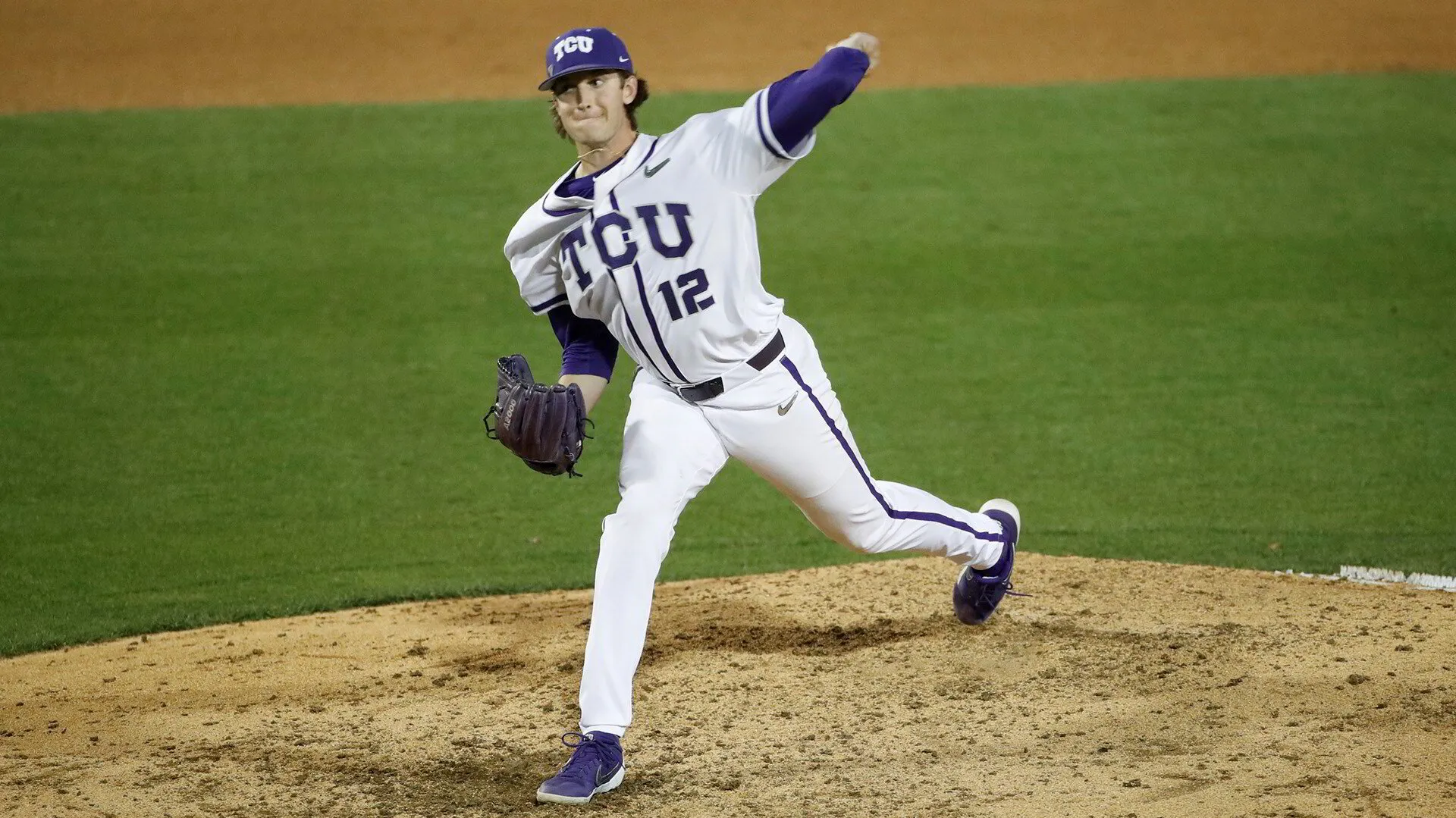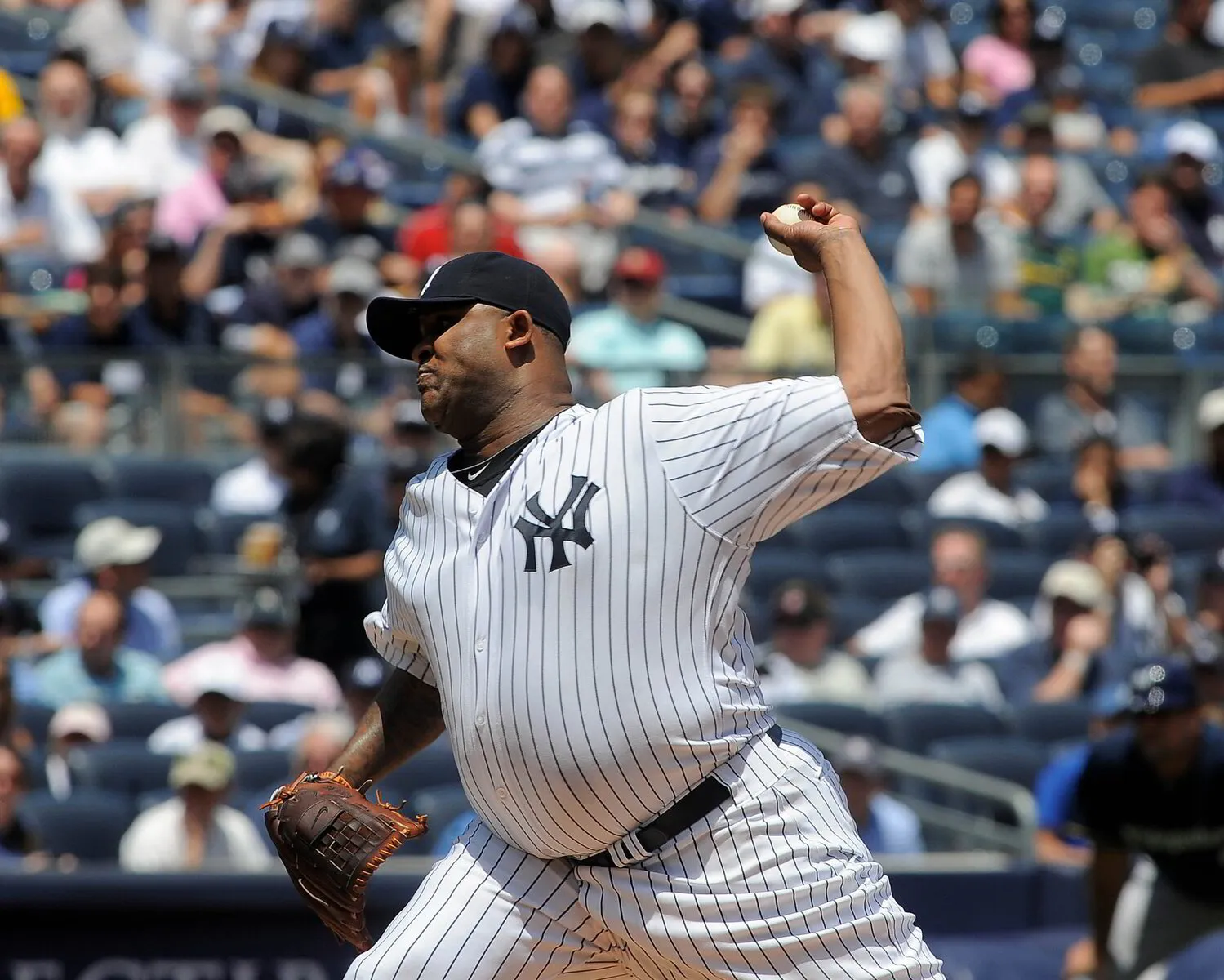Many coaches want to believe that running is vital in the ability to pitch deeper into games. After all, the ability to go 6 or 7 innings has to require greater endurance than only going 4 or 5 innings.
So logically what do we do to build endurance??? We run! While that may help general endurance, that doesn’t necessarily transfer to the mound. Why? Because the ability to throw more pitches comes from pitching and gradually building throwing workloads over time. Conditioning a pitcher to throw consistently more pitches is not as energy-system-dependent, as many believe.
The real conditioning is skill-specific. The ability to throw more and more pitches in a game doesn’t come from road work and miles on the legs. It comes from building throwing workloads gradually and the ability of the body to handle those workloads. Just because a person is in shape doesn’t mean they can come out and throw 90+ pitches in a game. The act of pitching is a skill and that skill requires its own conditioning. We’ve all seen pitchers at the MLB who often appear to have less than stellar “conditioning” plans. Yet, some of these pitchers are starters who still display the ability to go deep into games.
It has survived not only five centuries, but also the leap into electronic typesetting, remaining essentially unchanged. It was popularised in the 1960s with the release of Letraset sheets containing Lorem Ipsum passages, and more recently with desktop publishing software like Aldus PageMaker including versions of Lorem Ipsum.
Do we believe that the “endurance” of throwing 100 pitches on a mound transfers to long distance running? If we believe that it goes the other way, then this would have to be true as well because they would be strongly related. That’s obviously not the case. Practicing the sport is the real conditioning.
The ability to handle greater amounts of stress comes from consistently applying greater amounts of stress. This is what must happen in throwing programs. To pitch further and deeper into games the body must acclimate to the stress of throwing more. That’s not to say an athlete can’t or won’t have the ability to go out and randomly throw a 7 or 8 innings, but if they haven’t prepared for that workload previously, you stealing from Peter to pay Paul. In other words, going far beyond what the athlete is currently able to handle means the ability to recover will be greatly compromised. And when an athlete’s ability to recover is compromised we must adjust workloads going forward. If we don’t we risk decreased performance and possible injury in the upcoming weeks.
If you were training for a marathon you wouldn’t start the first week out at a 25 or 26 mile run. You would apply stress gradually as your body could tolerate it. You might start at a few miles the first week. Then 3 or 4 miles after that and so on until you reached the ability to perform a marathon. Pitching is the exact same.
However, if we gradually build throwing volumes over the course of weeks and months, then a 7 or 8 inning outing is easily tolerable on a weekly basis. The point is that the ability to perform the skill longer on the mound comes from performing the skill and not from general conditioning means.
I’m not saying the aerobic system doesn’t play a role in the act of pitching. It certainly plays a supporting role in workload tolerance and stress reduction. But don’t think that since your pitchers are doing mile runs every day they’ll be able to go deeper into games. While the aerobic system can play a vital role in energy-system-dominant sports, it’s still not a main player in the sport of baseball. Baseball “conditioning” requires performing our skill over and over.



